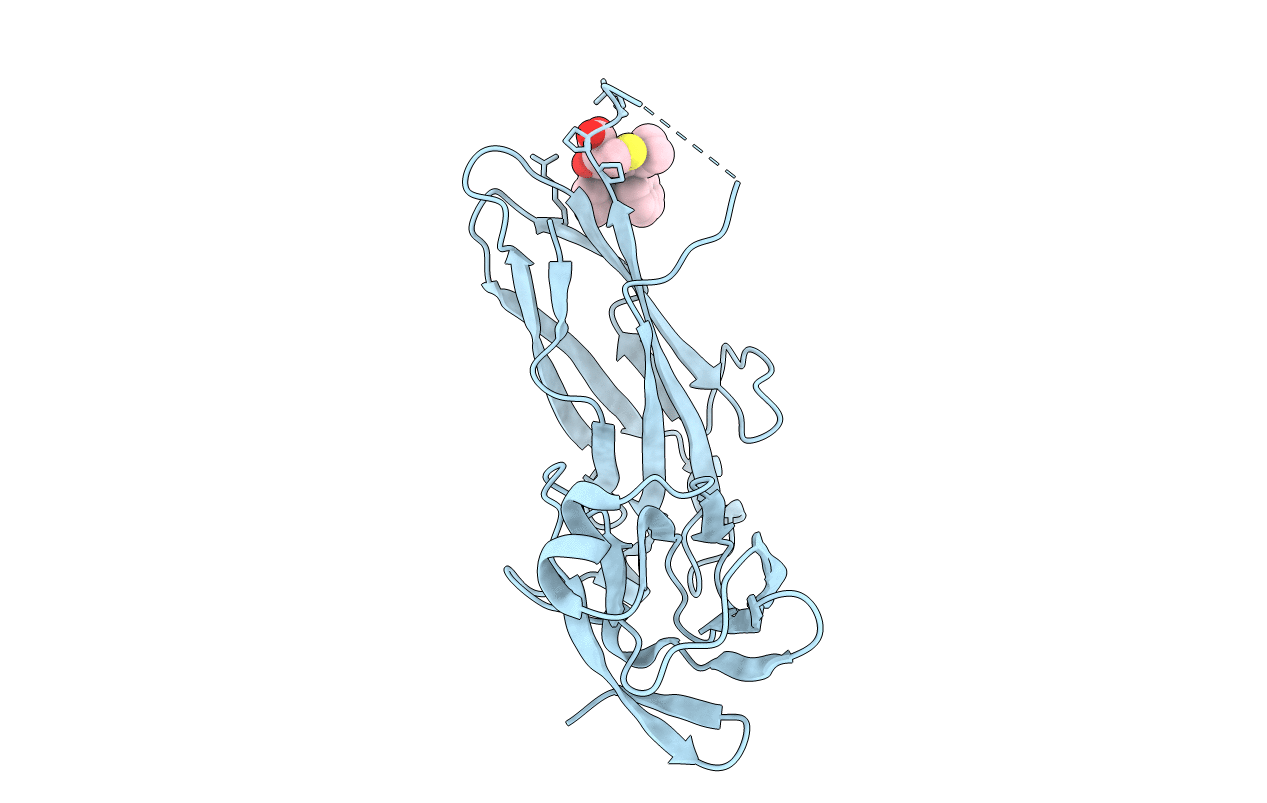
Deposition Date
2006-10-12
Release Date
2006-11-01
Last Version Date
2024-11-06
Entry Detail
PDB ID:
2J7L
Keywords:
Title:
E. coli P Pilus chaperone PapD in complex with a pilus biogenesis inhibitor, pilicide 2c
Biological Source:
Source Organism:
ESCHERICHIA COLI (Taxon ID: 562)
Host Organism:
Method Details:
Experimental Method:
Resolution:
2.60 Å
R-Value Free:
0.27
R-Value Work:
0.23
R-Value Observed:
0.23
Space Group:
P 63 2 2


